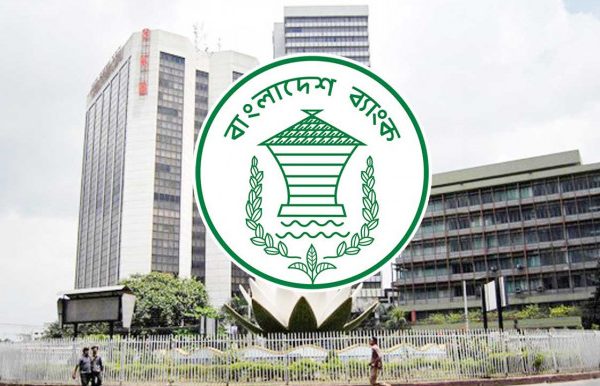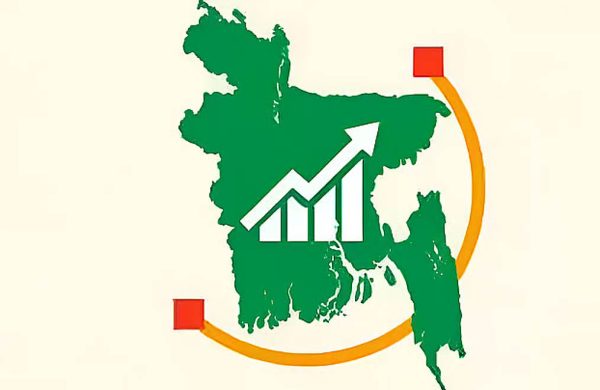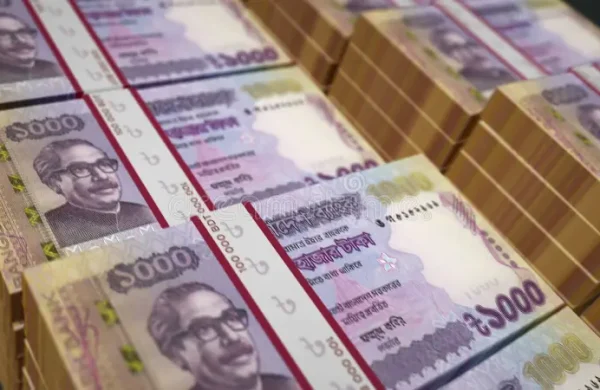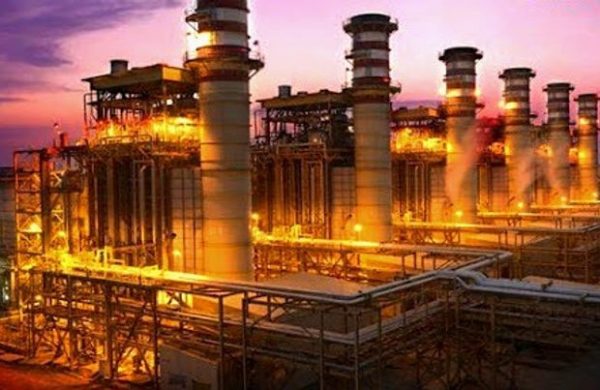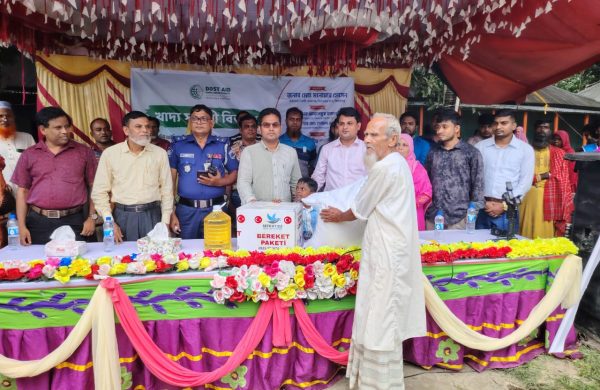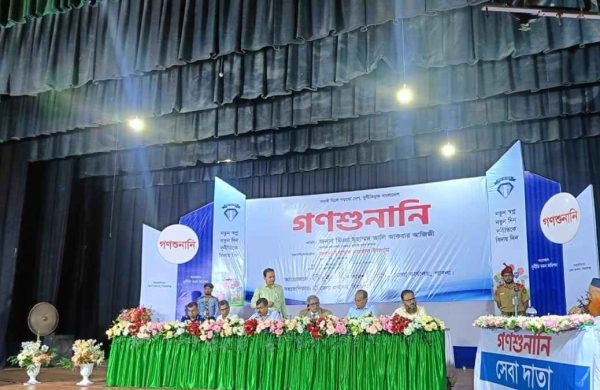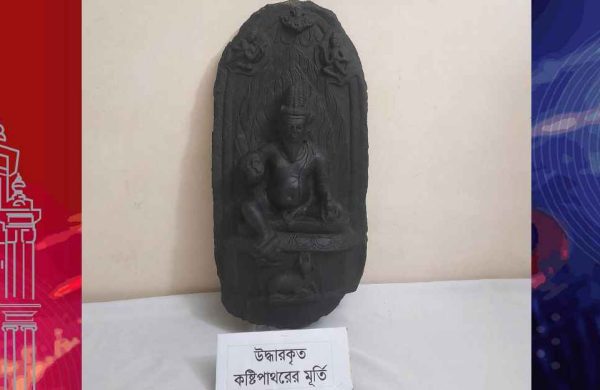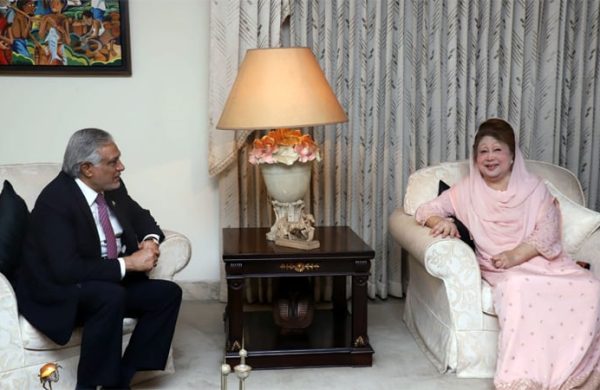Cyclone, payment issues slash LNG imports 27pc; LPG up 10.5pc
- Update Time : Sunday, July 27, 2025
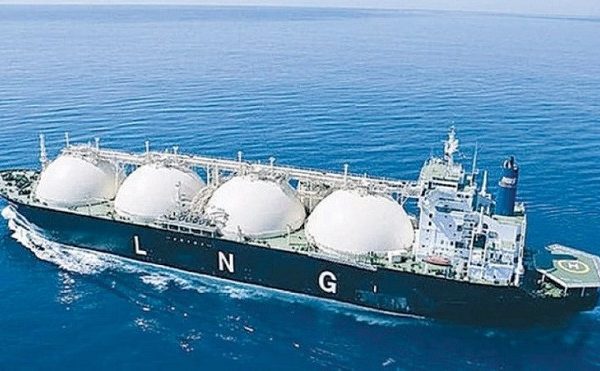
Staff Correspondent:
Bangladesh has seen a significant shift in its energy import pattern in FY25, with Liquefied Petroleum Gas (LPG) imports rising by 10.52%, while Liquefied Natural Gas (LNG) imports dropped by 27.23% compared to the previous year.
The sharp decline in LNG imports – down by nearly 1.86 lakh tonnes – was driven by weather-related disruptions and payment complications, prompting an increased reliance on LPG for both household and industrial consumption.
According to energy officials, one of the country’s two floating LNG terminals – operated by the Summit Group – was severely damaged during Cyclone Remal and had to be sent to Singapore for repairs. The terminal remained out of service for nearly four months, significantly affecting the country’s LNG import capacity.
Although both terminals – the Summit unit and “Excellence”, operated by US-based Excelerate Energy – are now fully operational, the prolonged disruption caused gas shortages in households, factories, and industrial zones.
“LNG supply through the Summit terminal was suspended for months due to cyclone-related damage,” said Md Shah Alam, general manager (LNG) at Rupantarita Prakritik Gas Company Limited (RPGCL).
“Even after repair, there was a delay in restoring connectivity. Overall, it disrupted gas supply for an extended period and impacted LNG imports,” he said.
According to Petrobangla, daily gas demand in Bangladesh currently stands at 3.8 billion cubic feet, with LNG accounting for over 30% of that need.
Though both LPG and LNG are derived from natural gas, they differ significantly in composition, storage, and applications.
LPG, composed mainly of propane and butane, is stored as a liquid under pressure in small, portable tanks at ambient temperature. It is widely used for cooking, heating, and as vehicle fuel, especially in areas without piped gas connections.
On the other hand, LNG, primarily made of methane, is stored at extremely low temperatures in large insulated tanks. It is mainly used for power generation, industrial applications, and increasingly as a cleaner fuel for ships and heavy-duty transport.
DECLINE IN LNG IMPORTS
According to data from the Chattogram Custom House, state-run Petrobangla imported 4.96 lakh tonnes of LNG in FY25, down from 6.82 lakh tonnes the previous year.
The import value declined by Tk1,258.87 crore, falling from Tk4,705.48 crore to Tk3,446.61 crore. Customs revenue from LNG imports also decreased by Tk188.83 crore, standing at Tk516.99 crore in FY25.
The two floating LNG terminals, located off the coast of Maheshkhali in the Bay of Bengal, have a combined regasification capacity of 1,100 million cubic feet. Petrobangla sources its LNG mainly from Qatar and Oman, with each shipment typically carrying around 145,000 cubic metres of gas.
According to energy officials, foreign exchange crisis was a major factor in LNG import decline in FY25. As of 9 September last year, Bangladesh had an outstanding LNG import bill of $633 million. Compounding the issue, the Energy and Mineral Resources Division faced delays in securing cabinet approval for spot market purchases, amid political unrest and widespread student protests.
In a particularly alarming development, two LNG cargoes were returned to the suppliers on 2 and 9 September last year due to non-payment. The shipments were eventually discharged following emergency government intervention.
A senior official at RPGCL said most of the payment issues have since been resolved and LNG supplies have resumed.
LPG EMERGED AS A CRITICAL ALTERNATIVE
With new household and industrial gas connections on hold due to an ongoing supply crunch, LPG has emerged as a critical alternative energy source in Bangladesh.
In FY25, the country imported 13.53 lakh tonnes of LPG, up from 12.10 lakh tonnes the previous year, according to data from the National Board of Revenue (NBR). Imports have been steadily rising over the past five years, growing at an annual rate of about 10%. LPG imports stood at 9.78 lakh tonnes in FY21, 11.40 lakh tonnes in FY22 and 11.37 lakh tonnes in FY23.
LPG imports are handled entirely by private companies, with shipments arriving primarily through Chattogram and Mongla ports. Major importers include Omera Petroleum, Bashundhara LP Gas, BEXIMCO LPG, Delta LPG, Unitex LP Gas, Premier LP Gas, Petromax LPG, BM Energy, Meghna Fresh LPG, and Jamuna Spacetech Joint Venture, sourcing the fuel from Singapore, Malaysia, and the Middle East.
In value terms, LPG imports reached Tk11,668.89 crore in FY25, a significant rise from Tk9,120.87 crore in FY24, Tk8,732.96 crore in FY23, Tk7,760.93 crore in FY22, and Tk4,639.82 crore in FY21.
“The LPG sector in Bangladesh is rapidly growing and could expand by 15% annually,” said Amirul Haque, president of the LPG Operators Association of Bangladesh and managing director of Delta LPG. “Demand is increasing due to gas shortages, especially of LNG. LPG is replacing traditional fuels in households and gaining popularity in small-scale industries as well.”
Industry insiders estimate that around 50% of imported LPG is used for household cooking, while the remaining half serves autogas stations, industrial boilers, and vehicles, offering a vital alternative where piped natural gas is unavailable.
While there is no import duty on LPG, importers are required to pay Value Added Tax (VAT) and Advance Income Tax (AIT). The sector is reportedly growing at an annual rate of around 12%.


